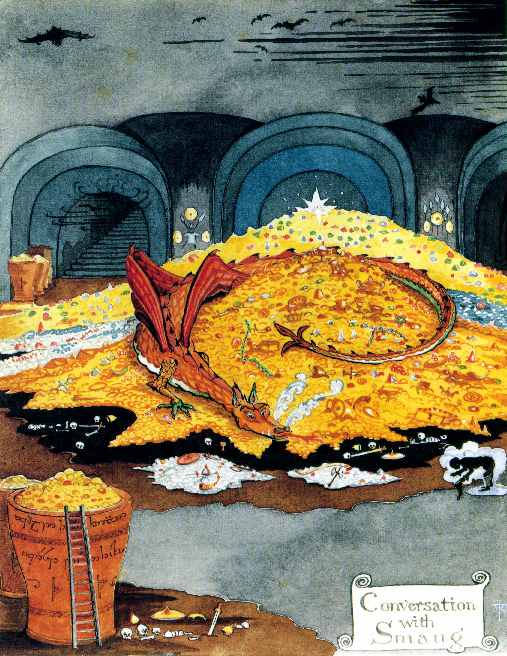Did you want more lesson plans?
I have more.... Seriously, if I could get an extra day off every week I think I could crank out about 10 new or developed lessons per month....
Clay
Dragons : As Self Portraits
(as developed
from Emphasis Art textbook)
Students will
pull head and leg forms from a ball of clay and construct a dragon. Students
will form eyes, mouths, tails, wings, and textures on the surface of their
clay.
Grade Level: 3-4th
grade
Time: 10 class
periods
Rationale:
 |
| Ms. Kanak when you pour paint down the sink... |
Students will discuss whether scary or ugly things can be art. Students
will describe how their dragon makes them feel, their dragon’s personality, how
it interacts with friends or enemies that try to hurt it, whether it has any
children, what the children are like. Students will be able to describe how
their dragon’s diet and defense mechanisms relate to those the students use
themselves. Students will become familiar with postmodern principles such as
play, appropriation, and exploration. Students should use resource imagery to
create realism if that is the desired effect.
Key Artistic
Concepts:
Appropriation, play, texture, envision, exploration.
Lesson
Objective(s):
Students will pull head and leg forms from a ball of clay. Students will
form the features of their dragons using this technique. Students will describe
similar forms in nature, such as other animals, tree branches, textures found
in nature..etc.
Assessment:
Students will be assessed on the following: written explanation of process,
interpretation, technical proficiency, utilization of materials, attention to
detail and form, class discussion and participation.
Key
artwork/artist/artifact: provided by Ms. Kanak
Detailed
Instructional Plan:
DAY 1:
Lesson
objective(s) for the day: Students will view and handle examples of dragon
artwork, toys, statues, and gather textural information from their surrounding
environment by doing crayon rubbings. Textures do not need to be recognizable
to others but should be transferred well enough to translate into a later clay
reproduction.
Required
Knowledge, Skills, and Dispositions:
Knowledge:
(cognitive) texture, variety, line, pattern, repetition.
Skills:
(psychomotor) make crayon rubbings on the playground to gather textures for later use
Instructional
Strategies/Activities:
1. Presentation and
artifacts: 5 minutes
2. Activity 1: crayon
rubbings/texture gathering (on site
teacher demo)
DAY 2:
Lesson
objective(s) for the day: Students will write out personality traits they
possess. Students will learn about and discuss different types of dragons as
cited in Google image searches, “How to Train your Dragon” series -Dragon Species (HTTYD, fantasy stories, and popular
culture (The Hobbit, logos, illustrations). Students will start to draw out their dragons today on ‘big paper’.
Required
Knowledge, Skills, and Dispositions:
Knowledge:
(cognitive) personal knowledge, adjectives, familiarity with outside sources and
media sources, dragon ‘facts’. How to combine all the elements and information
into a drawing, anatomy, ‘dragon anatomy’, translation of words into images
Skills:
(psychomotor) write down personality traits, draw your dragons to portray the traits
you listed. Draw them in whatever position or style you want.
Instructional
Strategies/Activities:
1.
Discussing dragons – what do we know already? What
have we learned over time? What animals are dragons similar to?
2.
Write down personality traits you possess that your
dragon will as well. Conversely, write down traits you do not want your dragon
to possess. MAKE SURE YOU EXPLAIN WHY.
3.
Draw your dragon! Think about the traits you wrote
down. How would you depict them in your drawing? Does your dragon have a tough
personality? Maybe they should have big, thick scales to make them look bigger!
a. Keep in mind
your drawings are the ‘jumping off’ point for your dragon made from clay. Be
realistic with your expectations!
Lesson
objective(s) for the day: Students will continue to draw their dragons on big
paper today. They may add color and details to their drawings.
Required Knowledge,
Skills, and Dispositions:
Knowledge:
(cognitive) How to combine all the elements and information into a drawing, anatomy,
‘dragon anatomy’, translation of words into images
Skills:
(psychomotor) coloring, drawing, pattern making,
Instructional
Strategies/Activities:
1. Drawing/Work day
2. Teacher sample used as example to inspire students
DAY 4-9:
Lesson
objective(s) for the day: Students will be introduced to their final
activity. Students will begin working on their clay dragons.
Required
Knowledge, Skills, and Dispositions:
Knowledge:
(cognitive) students will be able to match their drawings of their dragons to the
developing features in their clay dragons
Skills:
(psychomotor) proper use of clay and clay tools, sculpting, pulling head, leg, tail
forms from a ball of clay to construct the dragons
Instructional
Strategies/Activities:
1. demonstration
of pulling technique from clay ball
2.
construction
techniques
3.
discussion
of different positions for dragon sculptures, size, detail
work, etc.
4.
Work time
DAY 10:
Lesson
objective(s) for the day: Students will display their dragons in the
classroom and describe differences in each other’s creations, identifying those
that look delicate, ferocious, or strong. Each student will have time to
discuss their dragon’s features and reasoning.
Required
Knowledge, Skills, and Dispositions:
Knowledge:
(cognitive) adjective usage, word knowledge, self-knowledge
Skills:
(psychomotor)
Instructional
Strategies/Activities:
1. Informal
critique/discussion of work
2. Public
speaking practice (presenter voice)
Art Materials
List:
Big paper
Pencils
Crayons
Markers?
Clay
Clay tools
Canvas work mats
Water buckets
Brushes
Kiln
Glazes
Teacher artifacts and samples
Ms. Kanak: The Dragon Teacher Lady




No comments:
Post a Comment